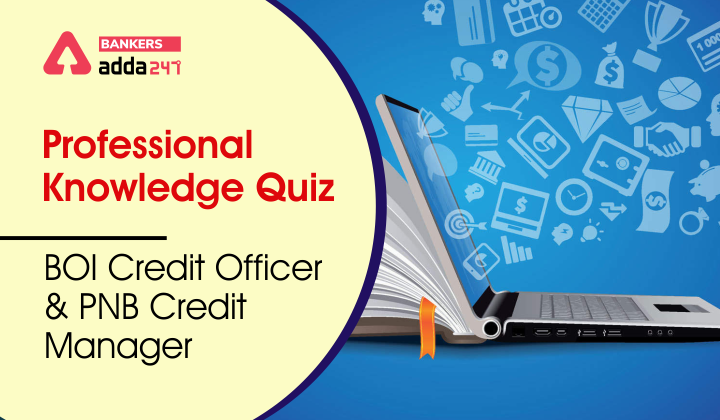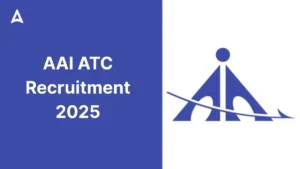Q1. Which of the following is not a purpose of holding cash?
(a) Transaction purpose
(b) Precaution against unexpected movements
(c) Extending loans to group companies
(d) Mismatch between cash inflow and outflow
(e) Speculation purpose
Q2. The pattern of collections associated with the credit sales is represented by
(a) Days sales outstanding
(b) Ratio analysis
(c) Average collection period
(d) Collection matrix
(e) Ageing schedule
Q3. Which of the following is not a cost of maintaining receivable?
(a) Administrative costs
(b) collection costs
(c) defaulting costs
(d) marketing costs
(e) costs of additional funds required
Q4. Under ABC analysis, C group items are
(a) High value items
(b) High quantity items
(c) Low value items
(d) Low quantity items
(e) Both b and c above
Q5. Which of the following is not an assumption in the EOQ inventory model?
(a) The demand is known
(b) The ordering costs are constant
(c) The carrying costs are constant
(d) The lead time is constant for all volumes of order
(e) Unit price is constant regardless of order size
Q6. Which of the following is a spontaneous source of financing current assets?
(a) Cash credit
(b) Provision for taxes
(c) Owners’ equity
(d) Letter of credit
(e) Overdraft
Q7. Which of the following is responsible for providing liquidity in the money market by creating a secondary market for the instruments to be traded?
(a) Discount Finance House of India
(b) National Securities Depository Limited
(c) State Bank of India
(d) Reserve Bank of India
(e) Over-the-counter exchange of India
Q8. The slope of the security market line denotes
(a) Expected returns of the investor
(b) Market volatility
(c) Beta of the security
(d) Influence of systematic risk
(e) Risk premium required
Q9. Risk return trade off implies
(a) Increasing the profit of the firm through increased production
(b) Not taking any loans which increases the risk of firms
(c) Not granting credit to risky customers
(d) Taking decisions in a way to optimize the balance between risk and return
(e) Minimizing risks
Q10. Major benefit of diversification is to
(a) Increase the expected return
(b) Increase size of the investment portfolio
(c) Reduce brokerage commission
(d) Reduce expected risks
(e) Increase the expected return over and above the risk free rate of return
Solutions
S1.Ans.(c)
Sol. Cash is not held for all the purpose mentioned except statement (c).
S2.Ans.(d)
Sol. Collection Matrix: In order to study correctly the changes in the payment behaviour of the customers, it is necessary to look at the pattern of collections associated with the credit sales. From this collection pattern, one can judge whether the collection is improving, stable, or deteriorating. Further, such a matrix helps to make a historical record of collection percentages that can be useful in projecting monthly receipts for each budgeting period.
S3.Ans.(d)
Sol. Except for marketing costs all are maintaining costs.
S4.Ans.(e)
Sol. A-items are goods which annual consumption value is the highest. The top 70-80% of the annual consumption value of the company typically accounts for only 10-20% of total inventory items. C-items are, on the contrary, items with the lowest consumption value. The lower 5% of the annual consumption value typically accounts for 50% of total inventory items.
B-items are the interclass items, with a medium consumption value. Those 15-25% of annual consumption value typically accounts for 30% of total inventory items.
S5.Ans.(d)
Sol. Assumption of EOQ is that there is no lead time. Delivery is instantaneous.
S6.Ans.(b)
Sol. In normal course of business some amount of money is set aside for paying taxes, which are generally paid at the end of the year and thus can be considered as a spontaneous source of finance.
S7.Ans.(a)
Sol. DFHI stands for Discount Finance House of India. It is a specialised money market institution which was established in April 1988 with an objective to provide liquidity to money market Instruments and to develop secondary market. It performs various functions such as discounting and rediscounting bills, sell and underwrite marketable securities, treasury bills, commercial bill, promissory notes etc.
S8. Ans.(e)
Sol. The security market line (“SML” or “characteristic line”) graphs the systematic (or market) risk versus the return of the whole market at a certain time and shows all risky marketable securities. The SML essentially graphs the results from the capital asset pricing model (CAPM) formula. The x-axis represents the risk (beta), and the y-axis represents the expected return. The market risk premium is determined from the slope of the SML
S9. Ans.(d)
Sol. Risk return trade off implies taking decisions in a way to optimize the balance between risk and return.
S10. Ans.(d)
Sol. Through diversification the loss arising from one security is compensated by a gain arising from some other security. Hence the expected risk can be reduced.





 GA Capsule for SBI Clerk Mains 2025, Dow...
GA Capsule for SBI Clerk Mains 2025, Dow...
 The Hindu Review October 2022: Download ...
The Hindu Review October 2022: Download ...
 AAI ATC Exam Date 2025 Out, 309 Junior E...
AAI ATC Exam Date 2025 Out, 309 Junior E...


